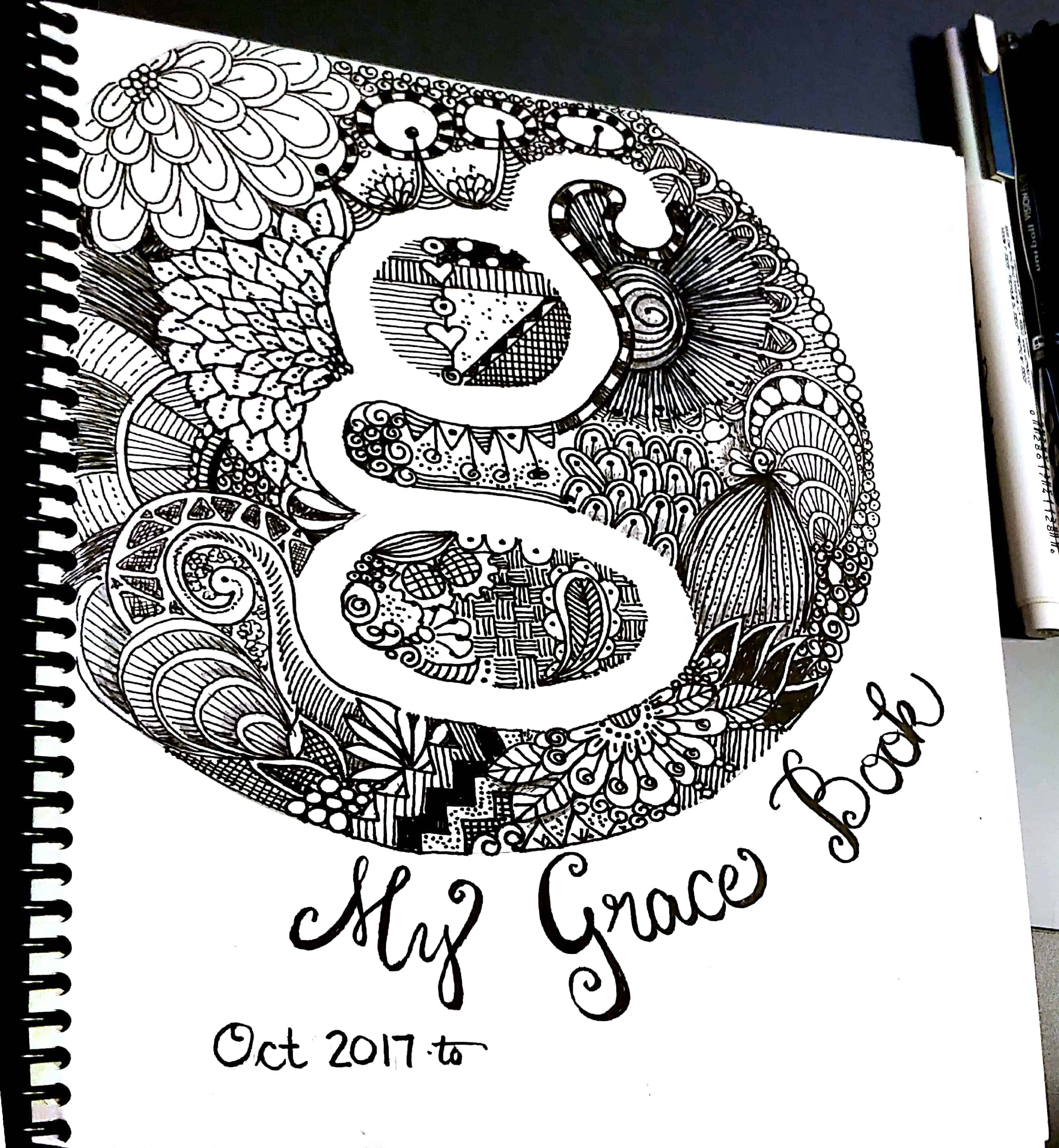
In this series I am going to discuss why it’s important to be visual in our note-taking and journaling.
Part 1 – We are Visual People
Most of us are visual people, and we live in a very visual society. We are all familiar with the idiom, “a picture is worth 1,000 words”. It’s often easier to show someone rather than to tell someone. Given that we are such visual people, I find it really interesting that many of us have no visual vocabulary . In other words we can take in images, but we often can’t produce an image. Many of are were intimidated as we grew up seeing others that had a natural talent for drawing so we stopped; or maybe we just hated art class as kids. But none the less, we have this discovered skill within us that could really improve our comprehension and problem solving skills. Its deep in our brains, we just have to pull it out.
Start small, but start doodling.
As like any other new skill it takes a little effort to develop. If I decided to run a marathon this year, not being a runner, I would not start out training with a 26 mile run. I’d work up to that goal to get ready for race day. Developing a visual vocabulary is much the same. You’re not going to be perfect on day one, but the more you work develop and stretch that visual muscle, the easier it will become. The beautiful thing is that there is no talent or drawing ability required. So for those of you who say, I can’t even draw a straight line, I say awesome! A straight line is really boring anyway.
Some of you are probably asking, why bother? Studies show that people who doodle during meetings, or draw while taking notes reap three benefits. First the actual process of drawing helps us comprehend what we’re taking in. Secondly, when we draw we are able recall faster and thirdly we will remember that information for much longer. Formal drawing is not even required, just doodling works to produce these three results. The reason that doodling or drawing during note-taking or meetings is that we are “writing” the information on our brains. This is called dual encoding. Sunni Brown, in her book Doodle Revolution goes into a lot more detail. So if you’re a doodler or you have a child who doodles, this is a great thing. Encourage it. Your doodling child is really listening to you. Doodling helps capture that part of the brain that wants to wander off and day dream. It re-focuses the full attention on the subject matter.

Your Doodling Assignment
I want you to go on this journey with me. I promise it will change your life! To get you started, I’m going to give you a very simple assignment: Next time you’re going to be in a meeting or on a long phone call, doodle. That’s it just doodle. Draw circles or flowers or just a bunch of scribbles. Then come back to it in a week and see if you can recall the details of that event. You’re going to be surprised how much you remember. Here’s a doodle from my calendar last year inserted among my to do lists.
So what does all that have to do with quite time, Bible study and journaling? Great question – tune in next week for part two of this series.
I’d be blessed if you shared this post with someone.
